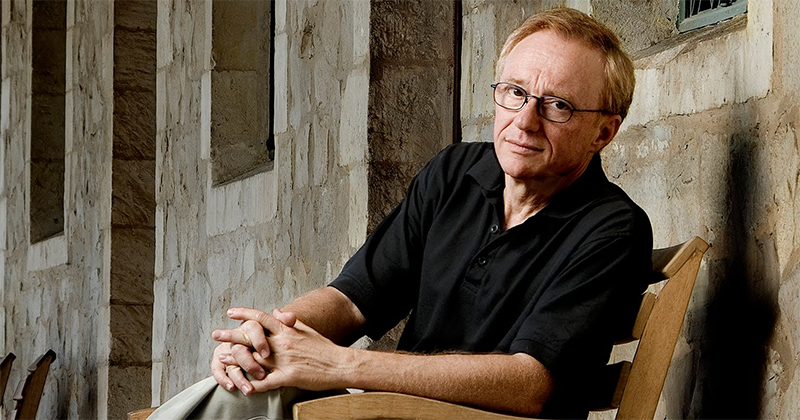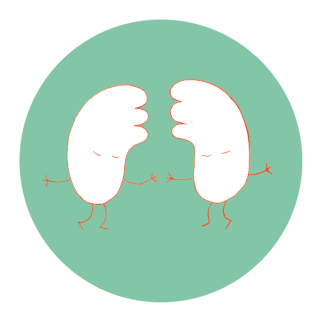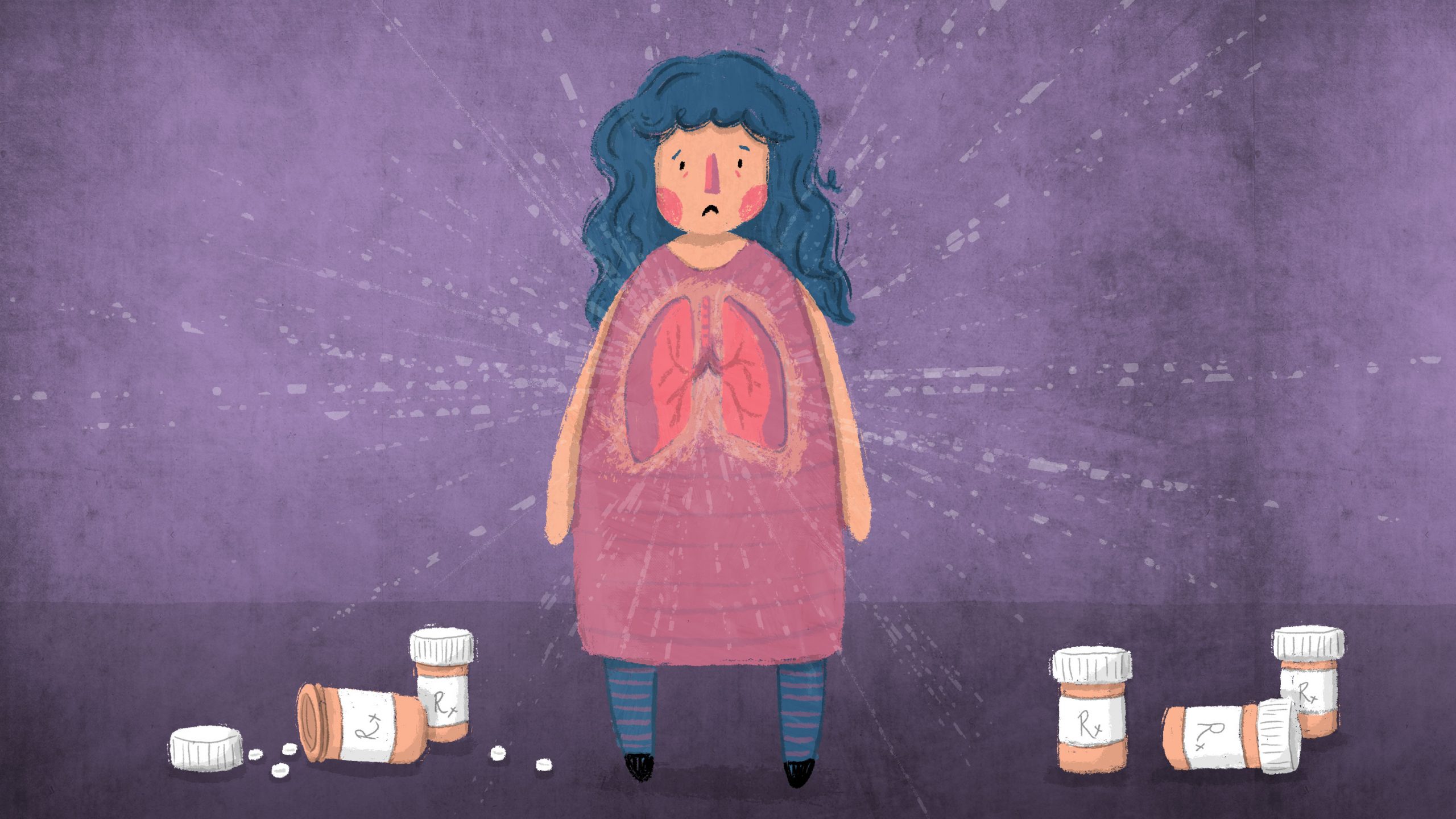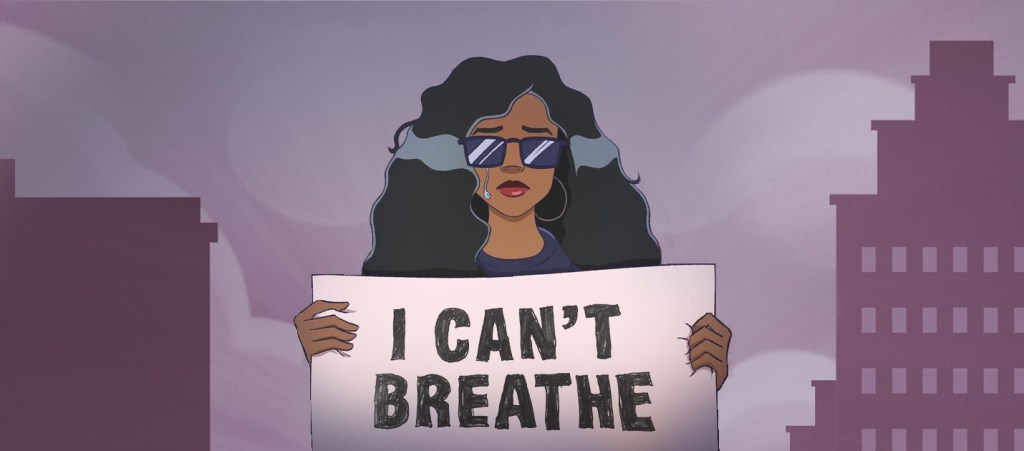The unique interdisciplinary Life of Breath project which ran from 2015 – 2020 in the UK has come to an end. Life of Breath was led by Prof Jane Macnaughton at Durham University and Prof Havi Carel at University of Bristol. In their exploration of the theme of Breathlessness, they were supported by teams at both Bristol and Durham universities and expert collaborators.
I’m honoured to have participated with a blog post contribution at the beginning of the project and have shared Life of Breath content over the years on this blog.
The Life of Breath Project left a legacy of practical resources, a video archive, a podcast series, and a vibrant blog as well as academic publications. It is really timeless since breathlessness is potentially, and for many actually, ever present.
Read More








